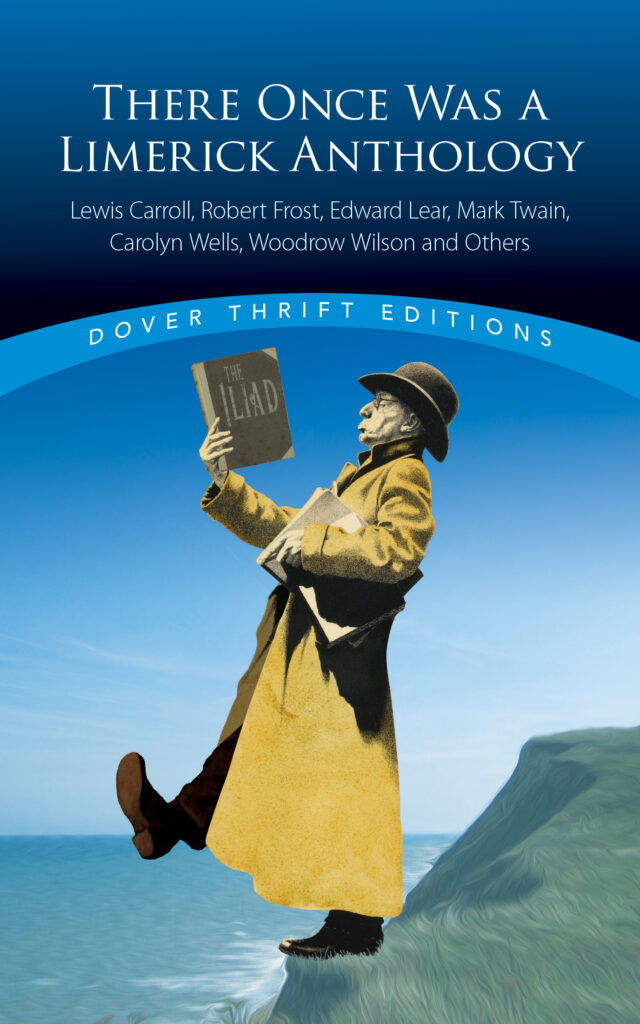
I published Celtic Punk Superfan earlier this year, and I compiled There Once Was a Limerick Anthology, which will be published by Dover Publications in August. Do my two books share an Irish commonality? Are limericks named after Limerick, the third-largest city in the Republic of Ireland, and/or the county of the same name? The link is tenuous, but it’s worth considering.
In The Curious Story of the Limerick, Matthew Potter explains, “Limerick is the only place in Ireland to give its name to a form of poetry or indeed any other literary form.” He seeks to tout the connection “so that Limerick can establish itself internationally as one of the few places that gave its name to a literary form. Think Shakespeare and Stratford, Joyce and Dublin, Burns and Scotland, Limerick and the limerick.” Potter explores several theories:
- According to the Oxford English Dictionary‘s (1902) entry for “limerick,” “it was a custom at convivial parties, according to which each member sang an extemporized nonsense-verse, which was followed by a chorus containing the words ‘Will you come up to Limerick?'”
- “The Irish Brigade, which served in France for most of the eighteenth century, might have taken the form to France or developed an English version of a French form,” says Potter. “A related theory is that the form originated in France, and was introduced to Ireland by returned veterans of the Irish Brigade.” The link is the 1691 Treaty of Limerick, which led the the formation of the Irish Brigade.
- During limerick competitions, various place names such were challenging to rhyme. In The Pentatette, Arthur Deex posited that the most difficult was “Unrhymable Limerick,” which “could always be counted on for a spectacular failure—only salvageable by a really gross verse. And so the bawdy nonsense verses came to be called Limericks.”
- The Maigue Poets, Seán Ó Tuama and Aindrias MacCraith, “used [the limerick] in their unfortunate dispute in the 1750s,” recalls Potter. Their poems appeared in English about a century later. A Church of Ireland Bishop of Limerick believed that English actors in touch with Ó Tuama in Limerick brought limericks back to England.
Morris Bishop, a leading limerick poet prominently featured in There Once Was a Limerick Anthology, was also a believer. He wrote that “a few hours in the library have revealed to me some substantiation.” He “found some perfect limericks translated from the Irish.” One example is this selection from eighteenth-century Limerick innkeeper John O’Tuomy, which appears in my anthology:
I sell the best brandy and sherry To make good customers merry; But at times their finances Run short, as it chances, And then I feel very sad, very.
Bishop added that Edward Lysaght—whose daughter wed the Lord Bishop of Limerick—included “a serious celebration of Ireland in limerick form and also a series of limericks in Irish” in his book Poems (1811), about a decade before the first limerick book was published. Bishop concluded, “These indications, though tenuous, hint that the limerick form was actually existent in the city of Limerick.”
There is no smoking gun. Still, there is enough reason to think that the link between limericks and their namesake isn’t random.
Check out my follow-up post, “Celtic Punk Connections to Limericks and Limerick.”


1 Comment
Ella
June 14, 2022 at 1:22 amYour interesting and informative tidbits about limerick’s really increase my desire to read your book,